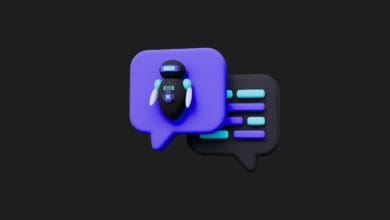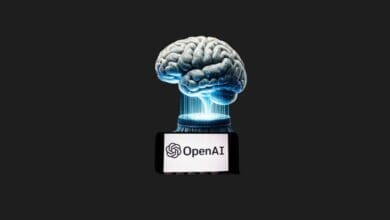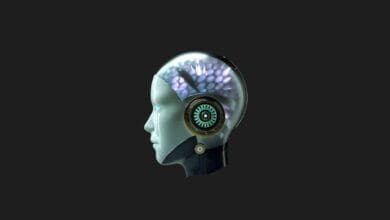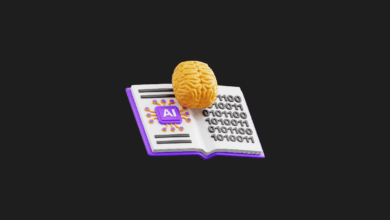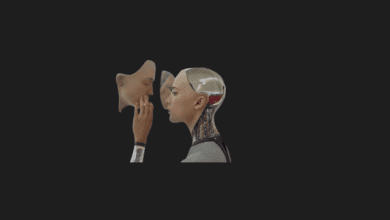
Can Artificial Intelligence Update Itself
Yes, Artificial Intelligence can update itself in certain ways, depending on how it’s designed. However, the term “update” may require clarification:
Learning from Data
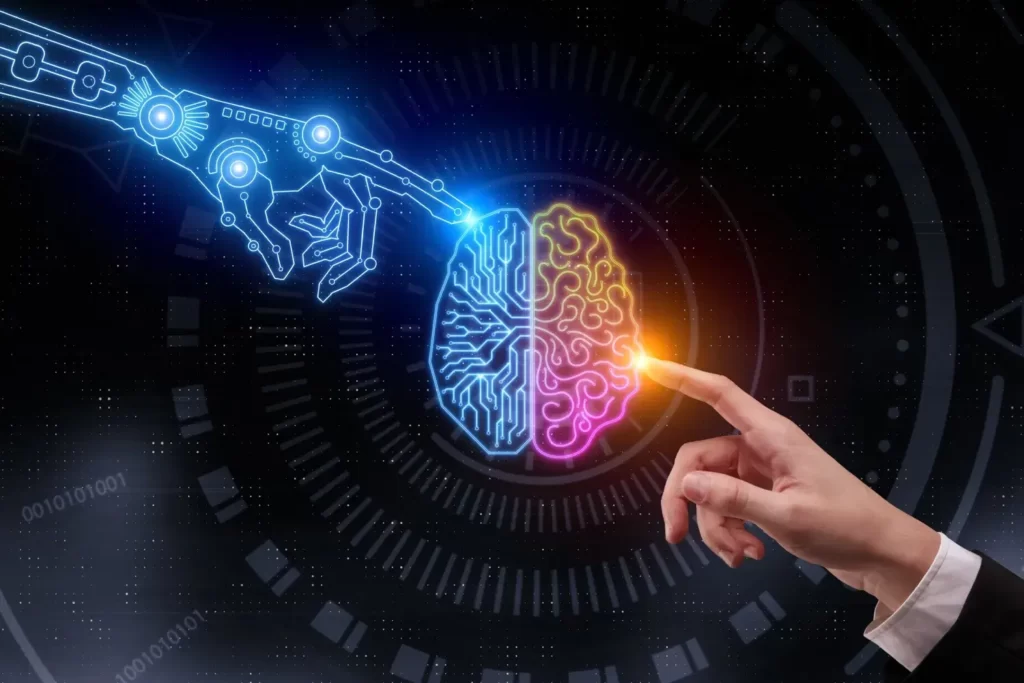
Most modern AI systems, particularly machine learning models, are designed to “learn” or “update” their internal parameters from data. For instance, a neural network adjusts its weights based on the data it is trained on. This is the fundamental idea behind “training” a model.
Online Learning
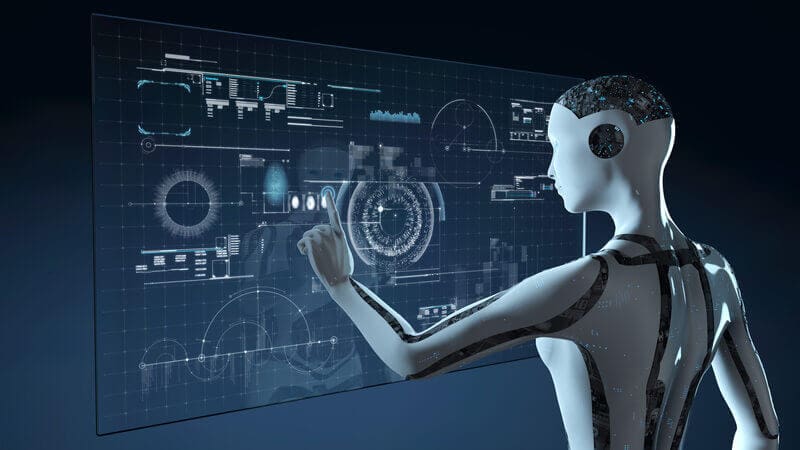
Some AI models are designed for online learning, where they continuously update themselves as new data becomes available. This is common in situations where data streams in real-time, and the model needs to adapt to changing conditions.
Transfer Learning and Fine-tuning

Some AI models can update themselves by leveraging knowledge from one task and applying it to another. After being trained on one dataset, these models can be further refined or “fine-tuned” on a smaller, related dataset.
Reinforcement Learning
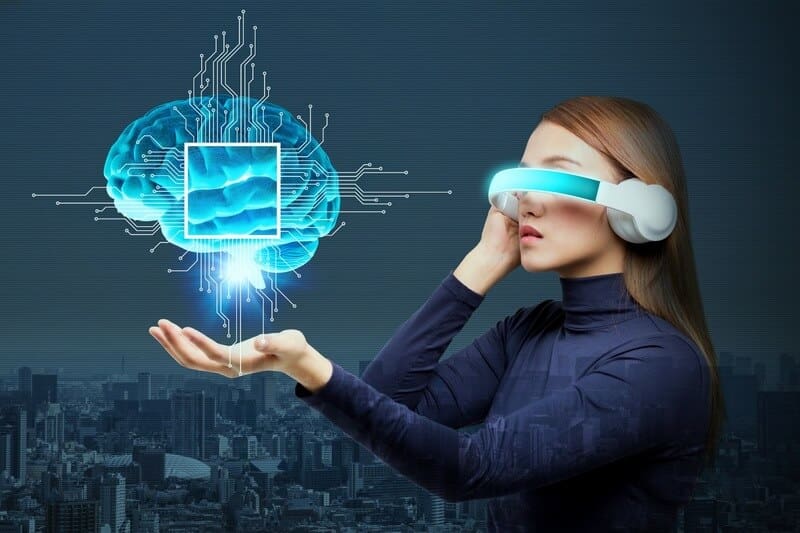
In this paradigm, agents learn by interacting with an environment and receiving feedback in the form of rewards or penalties. Over time, the agent updates its strategy to maximize its cumulative reward.
Evolutionary Algorithms
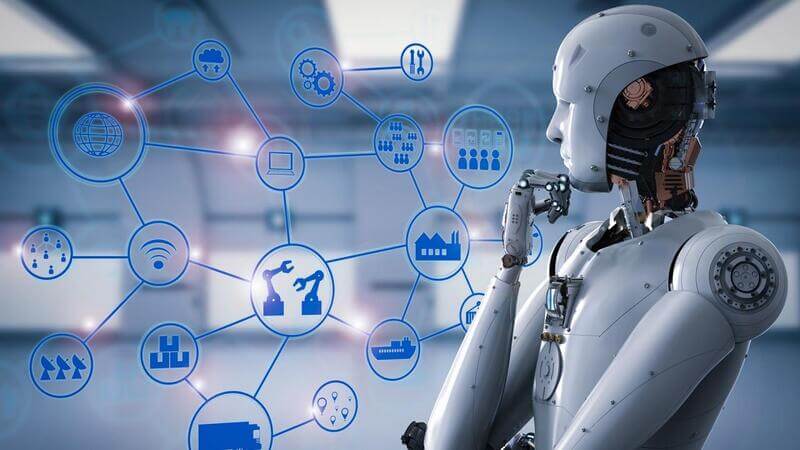
These algorithms are inspired by natural evolution. They can “evolve” solutions to problems by repeatedly mutating and selecting the best-performing candidates.
Self-modifying Code

Some AI systems can potentially modify their own code base, but this is rare and comes with significant risks. Such systems can become unpredictable and might operate in ways not intended by their designers.
AutoML and Neural Architecture Search
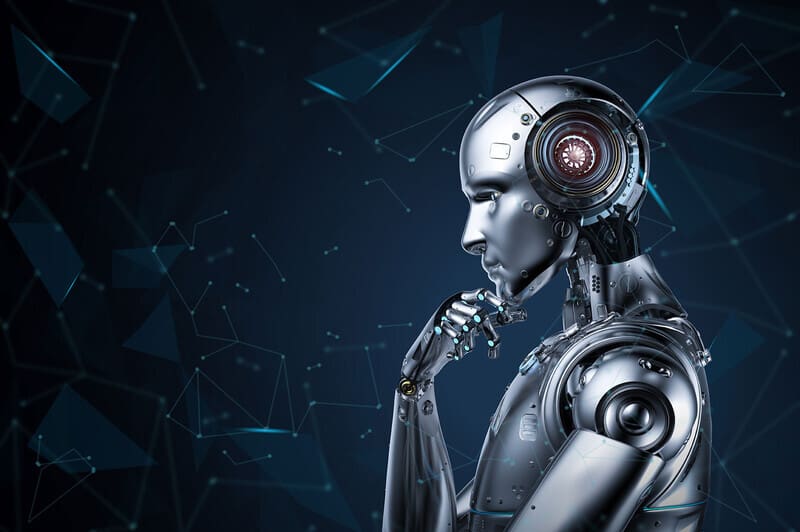
These are areas of research where AI systems are tasked with finding the best model architectures or hyperparameters for a given problem, essentially automating parts of the machine learning process.
However, there are critical caveats:
- Safety and Predictability: Allowing an AI to update itself, especially in critical applications, introduces risks. An AI that evolves without bounds could become unpredictable or behave in undesired ways.
- Intentional Boundaries: Most AI systems in practical use have intentional constraints to ensure they operate safely and as intended. Even in scenarios where AIs can “learn,” there’s usually a human in the loop to oversee and validate the updates.
- Lack of Understanding: If an AI updates itself too extensively, it might become even harder for humans to understand its decision-making process, leading to issues in transparency and accountability.
In summary, while AI can “update” itself in terms of refining its internal parameters or strategies, there are important distinctions between learning from data and more extensive self-modifications. The idea of AI autonomously and extensively updating or improving itself without human intervention is a topic of debate, and careful consideration is required to ensure safety and desired outcomes.
You may also like this content
- Blockchain and Artificial Intelligence
- China Wind in Artificial Intelligence: What is DeepSeek?
- Top 1000 Sci-Fi Movies About Metaverse, AI, and Science
Follow us on TWITTER (X) and be instantly informed about the latest developments…





